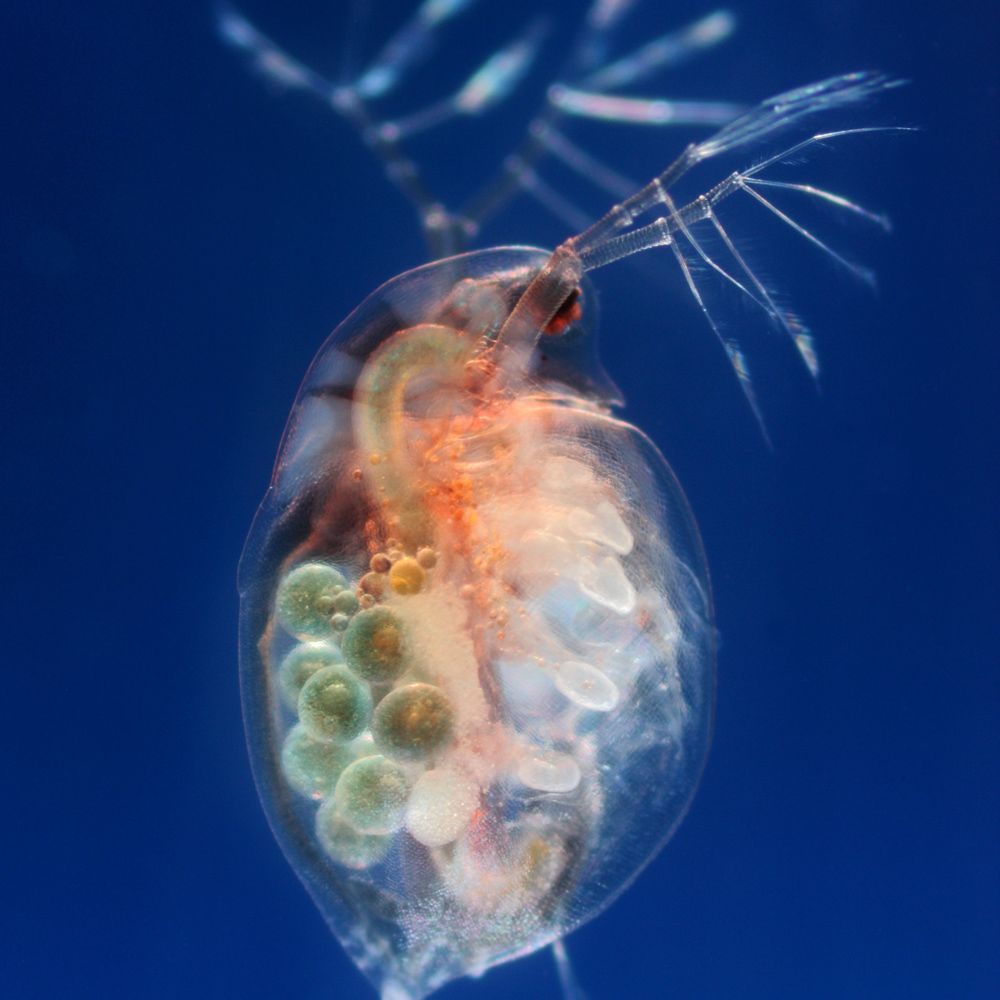It’s time to have the sex talk! We have materials to help make teaching the reproductive system easy and less stressful. Learn more.
It’s time to have the sex talk! No reason to blush or get embarrassed. This can be difficult material for the most seasoned educator. Unlike some of the other body systems, the reproductive system involves sidebar discussions that may raise uncomfortable topics for some. Not to worry, we have materials to help make teaching the reproductive system easy and less stressful.
Additional Reading: It Takes Guts to Teach A&P
To introduce the human reproductive system, share our free infographic with your students. This visual resource depicts the structures and functions of both the male and female human reproductive systems.
Before they begin to study the human reproductive system, students may need to be reminded that reproduction can happen in 2 very different ways–sexually and asexually. As a quick review, have them read this short article below comparing the reproductive methods and complete the exercise at the end.
Reproduction is a fundamental characteristic of all living organisms. The ability of a species to replicate and multiply is essential for continuous existence. Among animals, there are many diverse mechanisms and factors that promote successful reproduction. There are 2 primary forms of reproduction: asexual and sexual. Both have their disadvantages and advantages within an environment. While the majority of the animal kingdom reproduces sexually, many reproduce asexually—and some organisms have the ability to perform both ways!

Sexual reproduction is the combination of genetic material from 2 different sexes. By joining gametes (sex cells) from the male and female, a diploid cell (zygote) is formed. This is the process of fertilization. The mechanism of fertilization, reproductive structures, and development of offspring varies across species. Because the offspring obtain a combination of traits from two different parents, genetic recombination occurs and creates diversity within populations. Over time, traits that promote greater reproductive success will be favored and harmful ones will be eliminated. This allows species to adapt and survive in changing environments.
Although most animals reproduce sexually, the time and energy involved can be disadvantageous. Choosing and courting a mate while competing with other animals is time consuming and labor intensive. When populations are low in a certain area, it can be difficult to find a partner, and competition increases. Bringing offspring to life is also more complicated for sexual organisms (for example, the period of pregnancy in humans). They produce fewer offspring less often than do asexual organisms. Fortunately, many animals have been able to overcome these challenges in order to continue their existence.
Asexual reproduction involves a single organism producing genetically identical offspring without the fusion of gametes from two parents. The ability to reproduce without a partner is advantageous in areas where populations may be low or the organism is isolated from its own species. Asexual reproduction is rapid and requires low amounts of energy, allowing organisms to quickly produce large quantities of offspring. This helps to prevent intruders and competition from taking over an area. Unfortunately, excess reproduction can cause overcrowding and competition for food within a species. Adapting to changes in the environment can be very difficult since genetic diversity does not exist among asexual species.
Budding, regeneration, and parthenogenesis are the three major types of asexual reproduction among animals.
Budding occurs when cells undergo repeated mitosis to form an outgrowth or “bud.” This portion of the parent develops into identical offspring that can detach. Cells will undergo mitosis and form certain structures before the individual breaks loose. In the animal kingdom, budding can be seen in certain species of cnidarians such as hydra.
Some animals can reproduce by way of regeneration, the reproduction of a complete organism from fragments of the parent body. When a starfish loses an arm due to injury or predation, it can result in the growth of a new and functional organism.
The asexual process of parthenogenesis is the development of offspring from a female’s unfertilized egg. Invertebrates including some rotifers, insects, and crustaceans may reproduce parthenogenically depending on the time of year or conditions. Typically, organisms that can perform parthenogenesis also reproduce sexually. Asexual reproduction can be advantageous to species that have to remain in an environment where there is a low population of mates. Philodina are a rare example of animals that reproduce exclusively by parthenogenesis.

Get the latest news, free activities, teacher tips, product info, and more delivered to your inbox.
We use cookies to enhance your browsing experience, serve personalized ads or content, and analyse our traffic. By clicking "Got It", you consent to our use of cookies. Privacy Policy